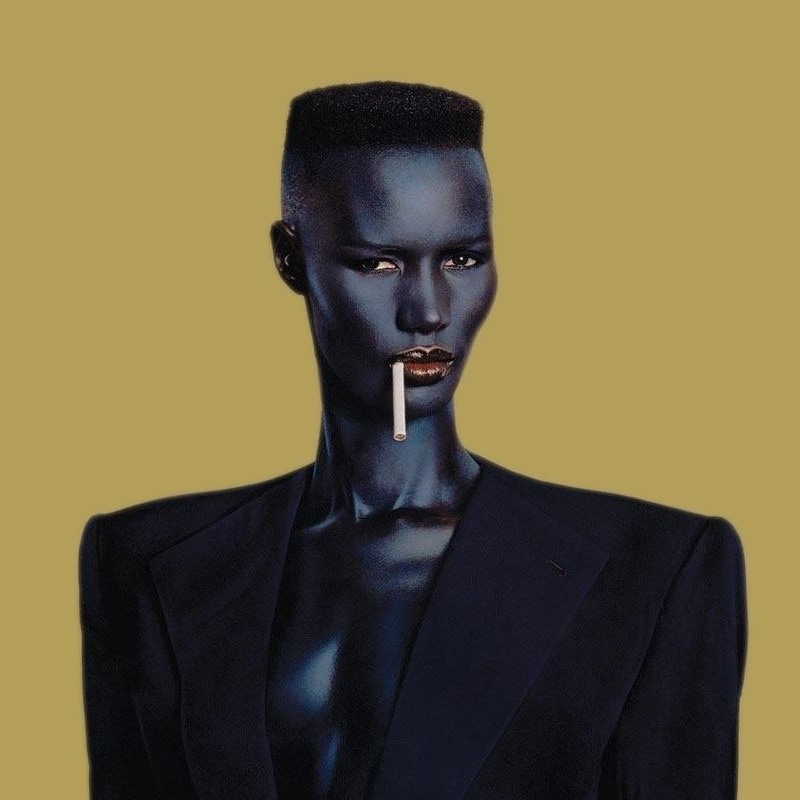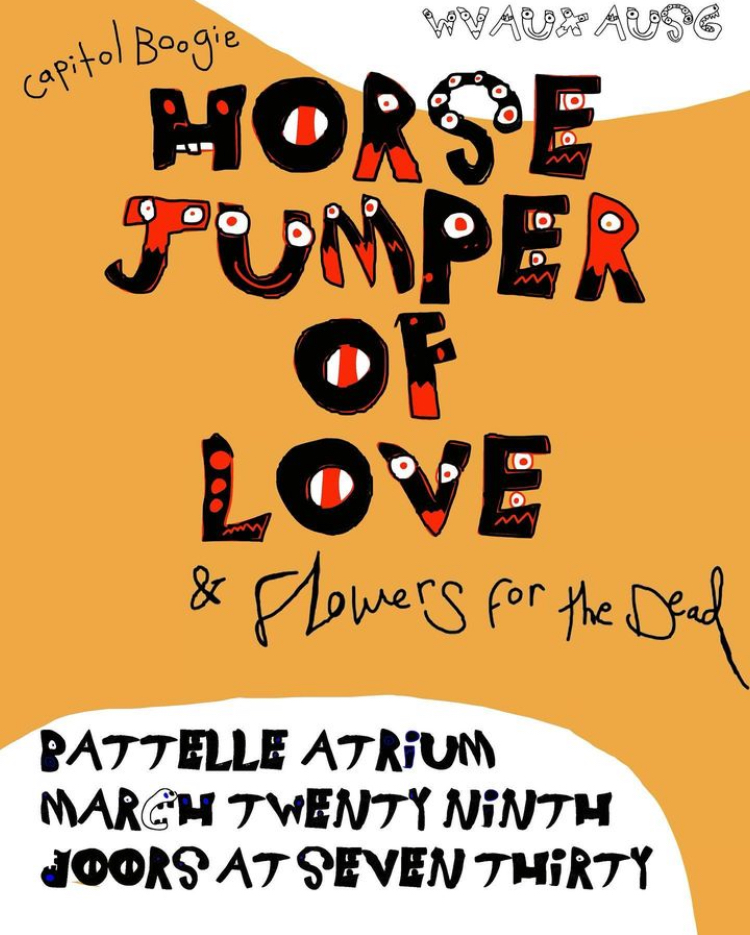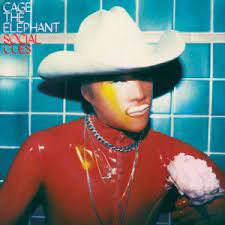Happy Women’s History Month! Women have been at the forefront of many prominent musical and cultural movements, and the punk movement is no exception. Although many people today seemingly have a specific image in their minds of what punk is and looks like, punk is, by definition, simply a counterculture movement of anti-establishment sentiment. Therefore, there are infinitely many ways to be punk, with some punk people and groups seemingly taking completely opposing routes, but both being equally and validly punk.
Grace Jones is one such artist who I feel society has overlooked in recent years. To me, Jones is one of the most interesting examples of an artist being punk without looking like the other “punk artists” of her time. It is high time for Grace Jones to be recognized as the icon of punk that she is.
Grace Jones’ method of punk was one of prominence and authenticity. With Jones, it was always about subverting expectations of what was expected of her both as an artist and performer, but also what was expected of the groups she identifies as. As a woman, she rejected what mainstream society said a woman was supposed to look like with a public persona of androgyny and masculinity. She rejected societal concepts concerning the Black female body, portraying herself and her sexuality as eccentric, strange and elusive, and contrasting the degradation and fetishization of the Black female body throughout history and pop culture.
Primarily, though, Jones is a trickster and chameleon. She weaves her way through different groups and cultures, from the mainstream to fringe to capitalistic to punk, and different music genres, from new wave to disco to reggae to R&B, but always maintaining power and agency over herself and what she does. Her form of punk was cultural maximalism, getting her face, image and art anywhere and everywhere to counteract what society thought a person like her should be. Although some may argue that utilizing the mainstream media as Jones did is not punk, I would wholeheartedly disagree. The ability to bend the mainstream toward you and always stay one step ahead to use it as you see fit is punk at its core. Grace Jones inserted herself into the mainstream capitalist flow and then refused to change herself, forcing the landscape around her to modify itself to accommodate her.
A lesser-known Jones hit, although not any less punk, is from her 1982 album “Living My Life” called “Nipple to the Bottle.” One of my personal favorite songs by Jones, “Nipple to the Bottle” takes powerful lyrics with a strong message and lays them over a groovy, slower tempo R&B and reggae inspired backing that makes the lyrics pop. The song is from the perspective of a woman telling her partner that she is not going to do things that she does not want to do. The lyrics paint a picture of a woman who holds her own power and agency, and no man is going to take that away from her no matter how much he tries to “rant and rave to manipulate” her, singing of a woman who, without fear, states, “I won’t give in and I won’t feel guilty.” This song, released at the tail end of the Women’s liberation movement and sexual revolution in America, was still punk to many who may have still thought a woman’s place was in the home and a woman’s role was one that relied on a man. “Nipple to the Bottle” and Jones were there to unabashedly reject those outdated ideas.
Charting in both the U.S. and U.K., “Pull Up to the Bumper” was one of Jones’ biggest hits from her acclaimed 1981 album “Nightclubbing.” With an uptempo funk vibe and new wave synth you can’t help but groove along to, one would assume that this song would be a radio staple in 1981, coming right at the tail end of the disco dominance era of the 1970s. That was not the case. What makes this song so punk is the same reason that it was banned from many radio stations: extremely sexually suggestive lyrics.
With lines like “Pull up to my bumper baby / In your long black limousine / Pull up to my bumper baby / Drive it in between” and “Got lots of space for everyone / Why don’t you my friend?” throughout the song, many interpreted the lyrics to be sexually suggestive, which for the time was a big no-no for the radio. However, Jones did not care, and continued making the type of counterculture art she wanted to create. Although being the boon of the radio’s mainstream ideas of what music should and should not be broadcast, Jones never caved to society’s ideals. Given that the song charted so well in multiple countries, it can certainly be said that this authentic portrayal by Jones to produce music so out of the radio-oriented mainstream sound resonated with listeners, and society ended up caving to her.
Grace Jones never let anyone or anything prevent her from making the music and art she wanted to create. Her music and persona reflected a person with agency and confidence who would not bend her creativity to serve goals or ideals other than her own. She is powerful. She is paramount. And she is absolutely, unequivocally punk.














Steph The Saint • Mar 5, 2024 at 6:33 pm
Slay boots tea.Rad article
Gabe Michelangelo • Mar 5, 2024 at 6:32 pm
love this!